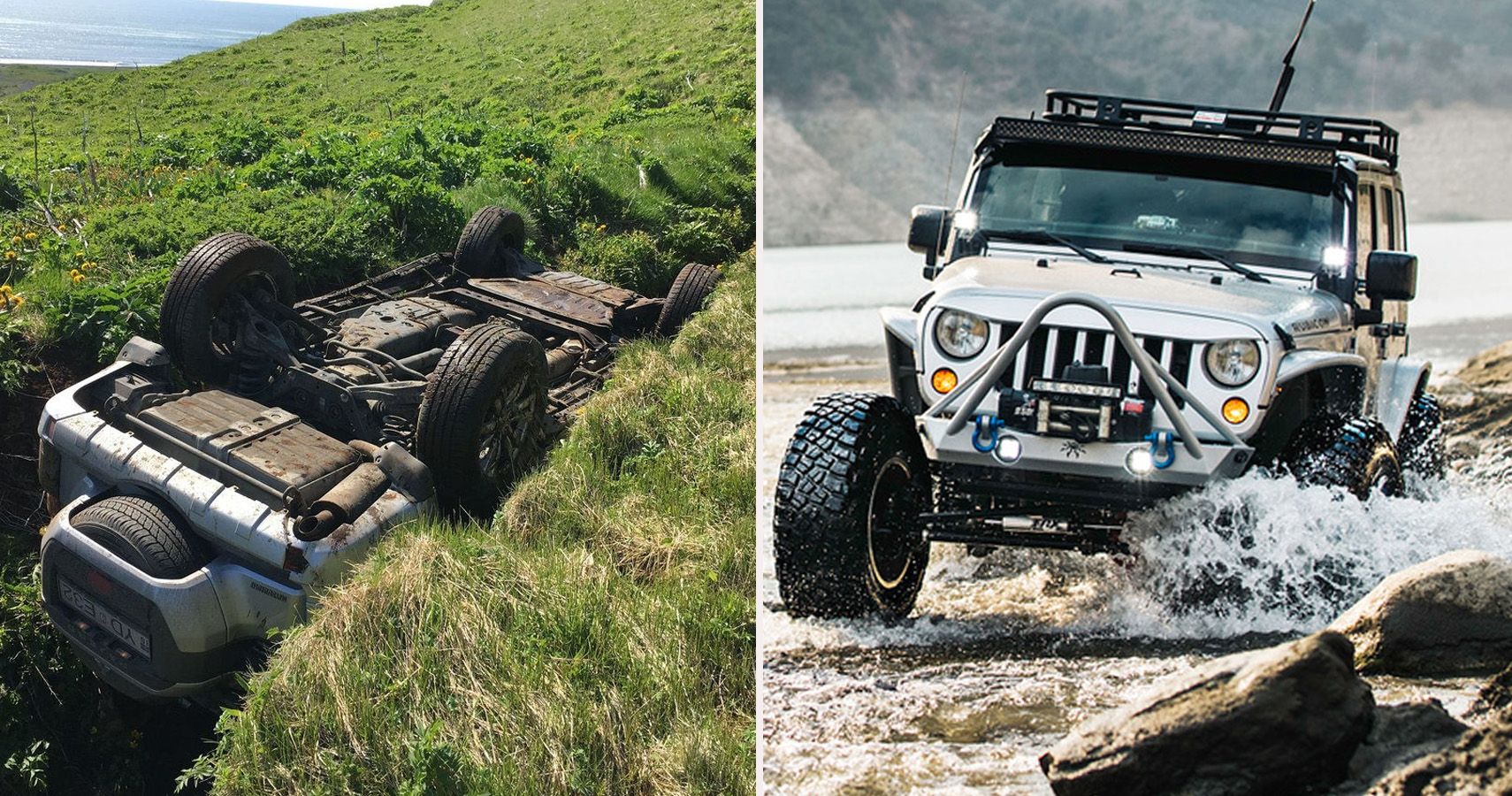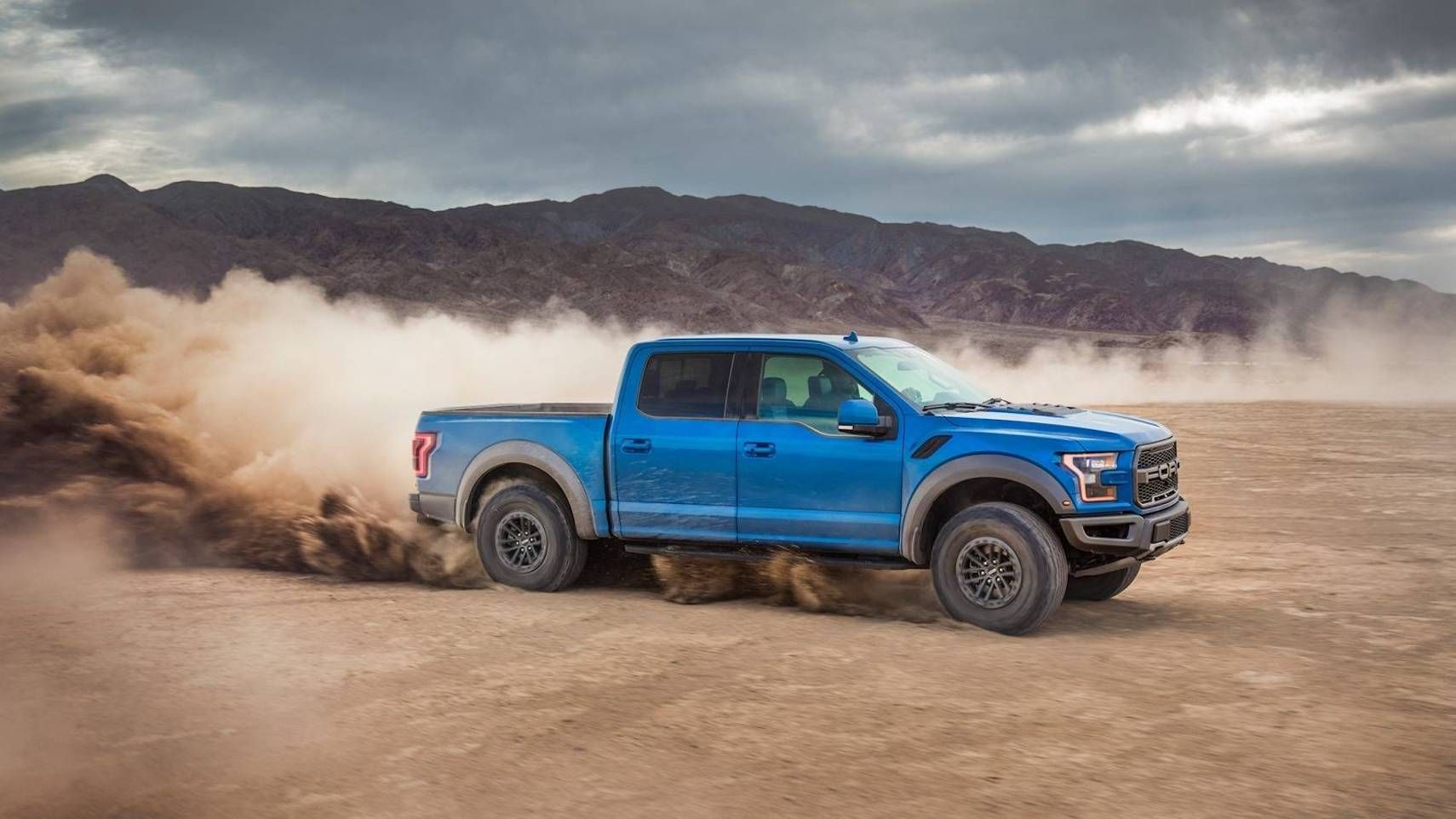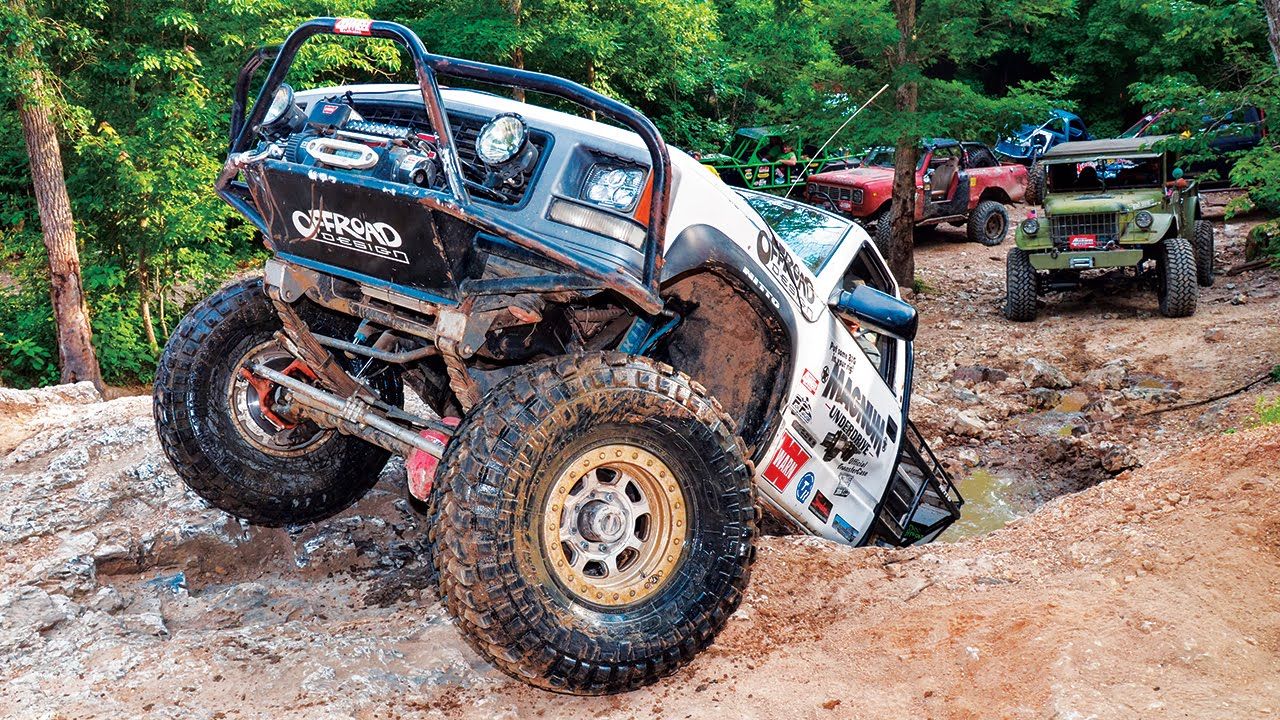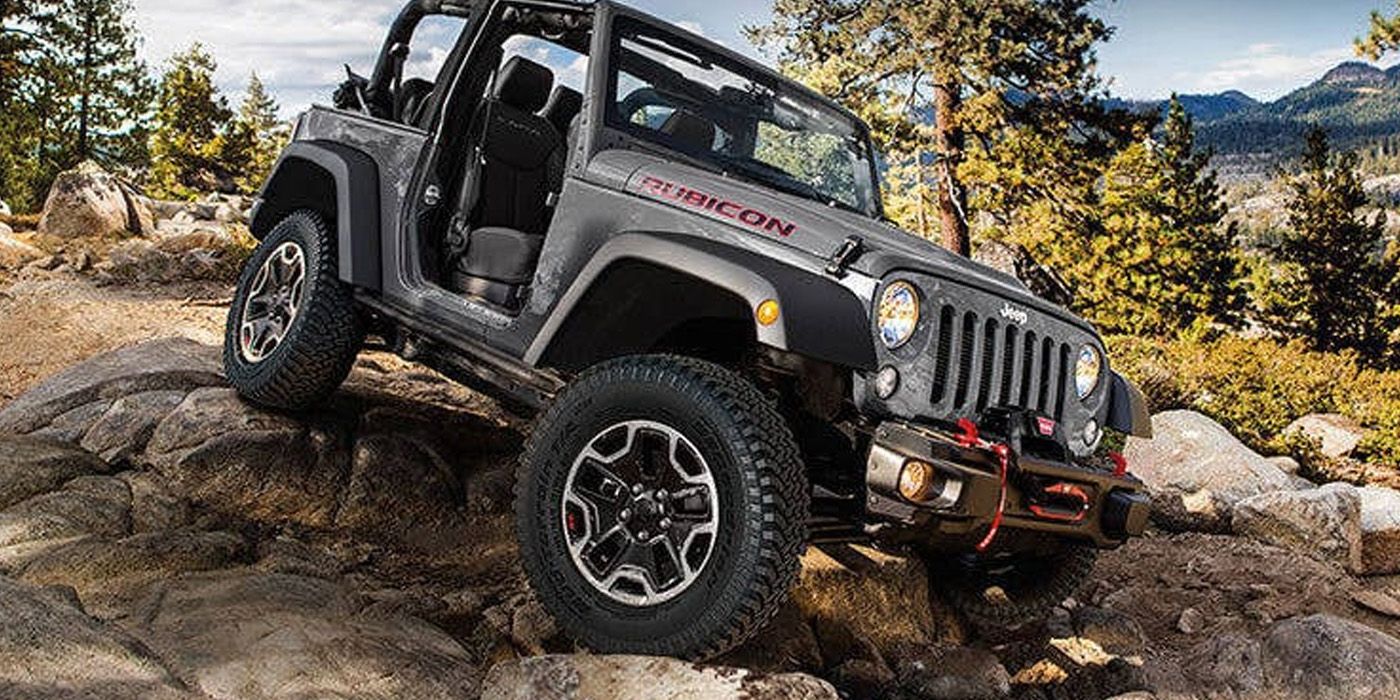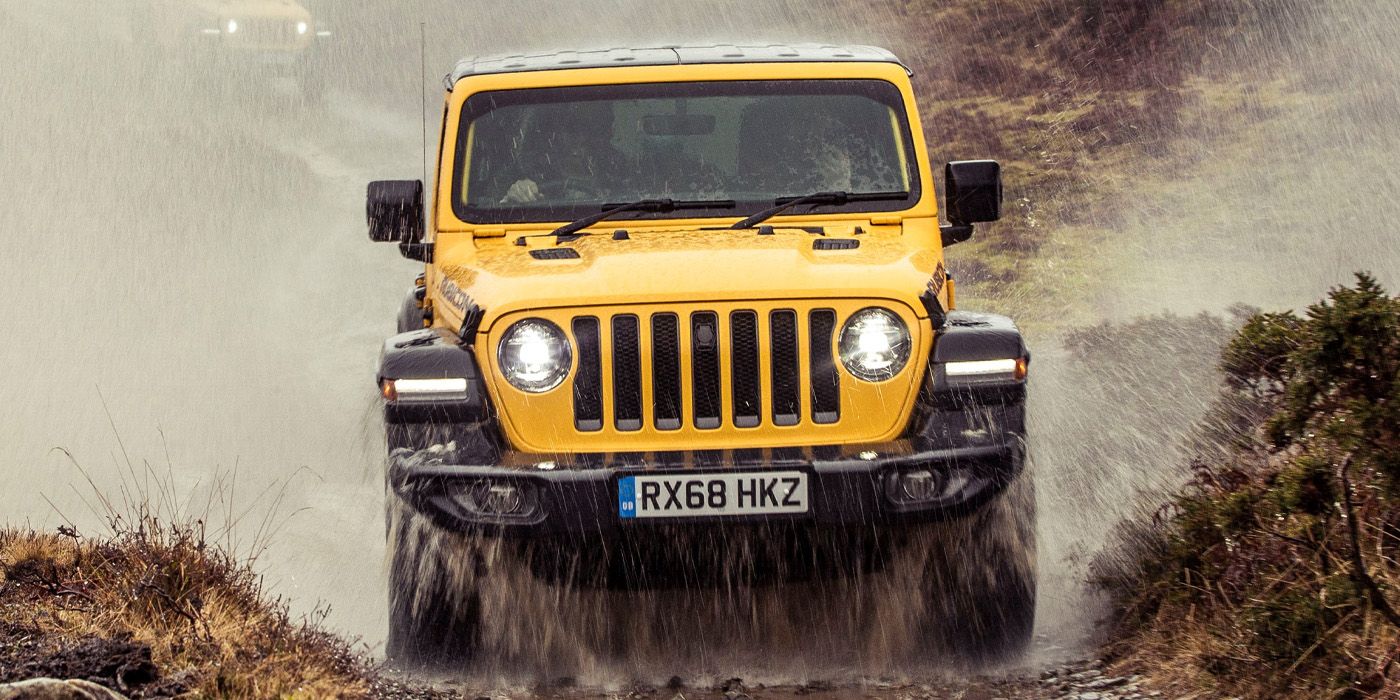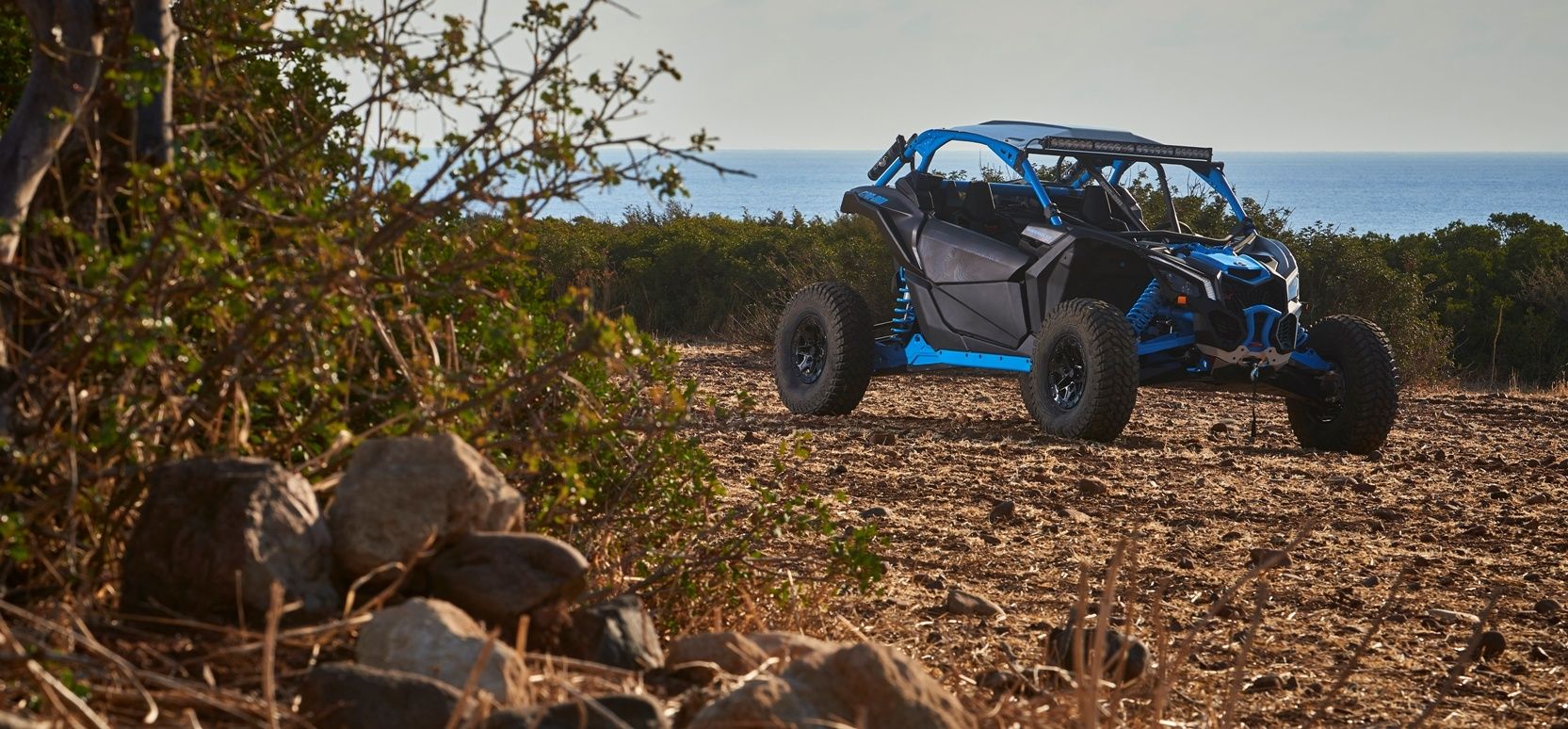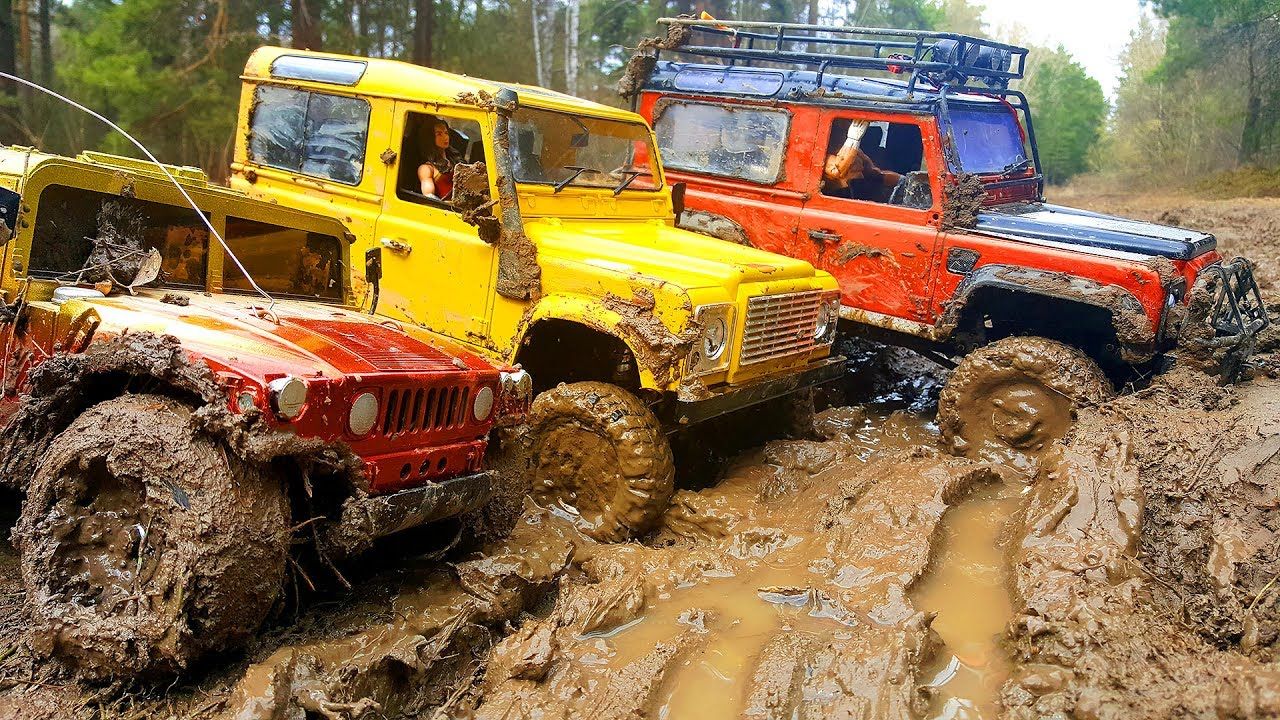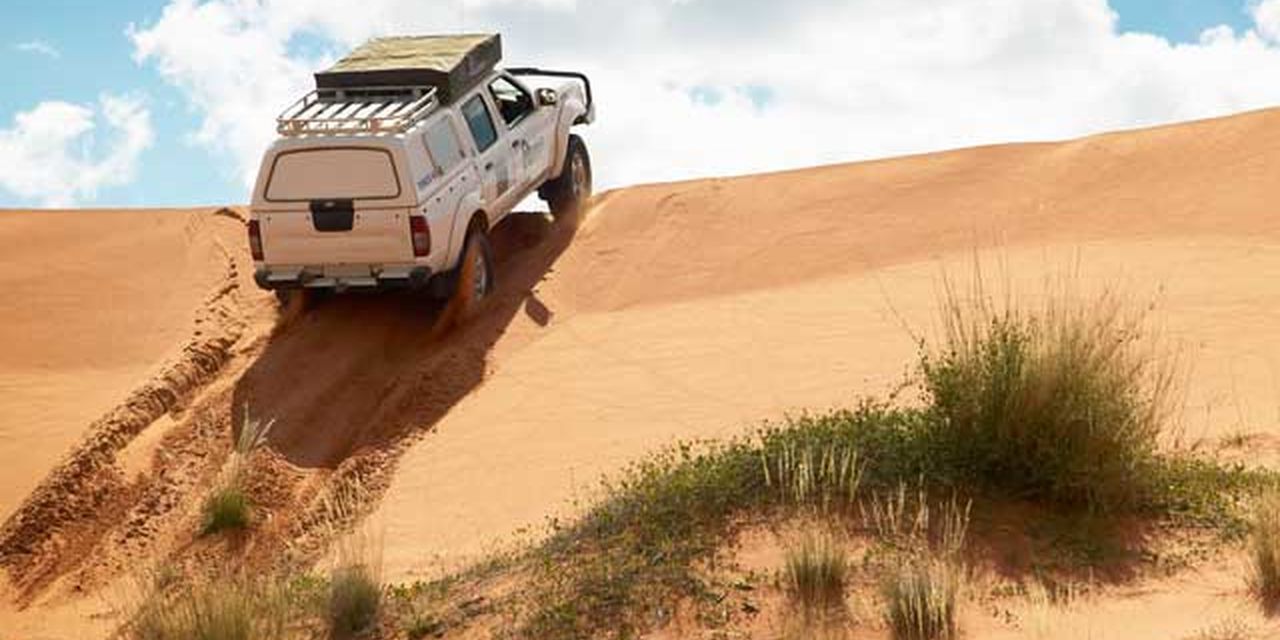Off-roading is something that a lot of people are interested in doing at some point in their lives, but tend to be nervous due to the practice being fairly rough and bumpy. Nevertheless, the excitement that comes with off-roading draws people in to have a go.
Of course, unlike simply driving on the road, going off-roading is very different. A lot of variables need to be considered both before and during the driver, which many novices will not even think about.
Within this list, we will provide 10 things a driver needs to know before going off-roading in order to be as prepared as possible.
10 Check The Tires
Whilst a lot of people will be eager to jump straight into the vehicle and get going, there is plenty of checks that are needed before even turning the engine on, with checking the tires being top of the list.
This is an incredibly important thing to do before going off-roading, as the risk of driving around with a flat or loose tire are incredibly scary if they are not checked beforehand.
It is crucial that the cars' tires are inflated to the proper pressure, including the spare (which is a must), to ensure that the vehicle is prepared to deal with the terrain.
9 Communication Is Key
Something that everyone should take under consideration when going off-roading for the first time is the importance of communication, whether that be with someone in your own vehicle or another car ahead.
If there is another car leading the drive, then investing in a two-way radio is a wise move. This allows for people to provide advice ahead of time about potential issues, allowing other drivers to be prepared for what is coming in order to pass through safely.
Even if there isn't another car, then communication inside a vehicle is just as important. Sometimes passengers can see things that the driver cannot, especially if they are focused on getting out of a tricky spot.
8 Take It Easy
When people go off-roading, the first thought is often to drive around as fast as possible, hitting all the twists and bumps with tons of speed in order to get some air-time or bump around, but the best thing to do is actually the opposite.
When out on an off-roading trail, slow and steady is the best approach, which will allow the car to successfully navigate its way around and avoid getting stuck, which is the main issue new drivers face when off-roading.
Being smooth with the throttle and the brakes is key to not being stuck or having any problems; however, when you hit a steep climb, that's when it would be time to hit the gas to get up it.
7 Have Plenty Of Food And Drink
Obvious as it sounds, first-time off-roaders are often too focused on the vehicle, terrain, and actually getting to drive off-road, to remember to bring plenty of food and water.
What a lot of people do not anticipate is quite how draining driving off-road can be, especially if you are on a long trip. The concentration required throughout the entire drive takes up a lot of energy.
Therefore having some food and drink in the car is a wise move in order to replenish, not to mention the fact that if you get stuck (which hopefully doesn't happen), then having something to eat might come in handy.
6 Pack Extra Clothing
Another thing that people will often overlook is the need to pack waterproof clothing or extra clothes due to how wet and muddy you can possibly get when off-roading, depending on the terrain.
A lot of the time, vehicles will need to drive through water, which can be very deep, or through big muddy puddles, which can often lead to the driver getting soaked.
Therefore, not having the right type of attire can leave those in the car very wet and cold. Obviously, this is far from ideal, especially if there is still a long distance to travel.
5 Do Your Research
This might seem like a basic point and one that isn't particularly fun, but there is no such thing as being too well-informed prior to a trip.
Researching and acquiring as much information as possible will allow for the smoothest possible journey. Even though you want to be hitting the bumps and drops off-road, you do not want to end up stuck.
Learning as much as possible about the chosen vehicle and the route you are driving is the best way to be ready to tackle any possible problems that might arise halfway through.
4 Get Signalling Gear
Of course, 99% of the time off-roading experiences go perfectly fine and everyone has a great time, but every now and then something can go wrong, drastically wrong and it is always good to be prepared for that possibility.
Thankfully, there are a variety of options for people who might need to call for help in the result of a major emergency, with satellite phones being available for hire with worldwide coverage.
Also, there is the option of an EPIRB, which is what yachters use when they are in danger. People are able to press the button and then simply wait for help to arrive.
3 Have Safety Equipment
Once again, safety is the key to all off-roading experiences. Therefore, having basic safety equipment is crucial when heading out on an adventure to ensure you are able to tackle any challenging situations.
There is a lot of equipment needed in order to be fully prepared, from a Hi-Lift Jack to a tree assist tow rope. With research, a first-time driver will be able to find out exactly what they need.
Whilst most of it will go unused as long as no emergencies take place, it is always better to be prepared and ready, with the right equipment being key to enduring certain situations.
2 Don't Go Alone
This one should go without saying, but going solo on your first off-roading trip simply isn't a good idea. Anyone who doesn't have experience should really have someone else with them.
Going with a more seasoned driver allows those who haven't done it before to learn first-hand, gaining experience for future drives whilst also being able to see what it is like.
Although it is mainly for safety aspects that someone without experience should seek a group for off-roading, it is also a lot of fun to be with others!
1 Don't Forget Your Wood
Something you may have seen in movies is people pulling out some plywood to get out of a tricky situation. This is not fictional; in fact, keeping some plywood in the back of the 4x4 is always a good idea while off-roading.
Having some wood that is around 10 to 12 inches square could be invaluable if you need to support your jack or change a tire. Of course, a car being stuck is also a great way to use the wood, placing it under the tire in order to provide a little bit of grip, so having something packed is wise.

